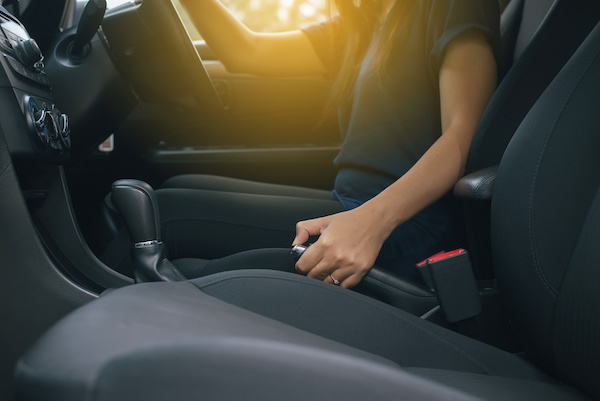
When should you use the emergency brake? Both new and experienced drivers often have this same question. Today, we will set the record straight and explain how and when to use your e-brake properly.
The emergency brake, also known as a parking brake, e-brake, orhandbrake, works separately from the brakes that often get serviced at the auto repair shop. It was intentionally made separate to serve as a backup brake if your primary/service brakes fail. Your service brakes are usually a hydraulic system. In contrast, the e-brake is engineered to hold your automobile in place. Therefore, it's recommended you use it when parking.
When to Use the Emergency Brake
Of course, you should always engage the emergency brake whenever your brakes fail. However, a misconception stems from the name 'emergency brake' because most people assume that you should only use it in emergencies. That is not the case; You should be using your emergency brake every time you park. It doesn't matter if you're parking on a hill, down a mountain, or on flat ground, please use the e-brake. Whether you operate a vehicle with an automatic or manual transmission, or whether the weather conditions are good or bad, you need to engage the hand brake every time you park.
Common Mistakes Made
Not only do drivers often forget to use their emergency brake when parking, but they also misuse it. When parking properly, you should engage the e-brake before releasing your foot off the brake and setting your car in park. Moreover, many drivers forget to disengage the brake before driving. This can seriously hurt your car's critical components.
Using the emergency brake every time you park gives you that extra sense of security and safety. Now you know why this habit is important, we hope you take better care of your vehicle's braking systems.
Vehicle maintenance is also necessary to ensure your car is safe. If your car needs brake service or any other maintenance, please bring it to the professionals at Fuller Automotive.